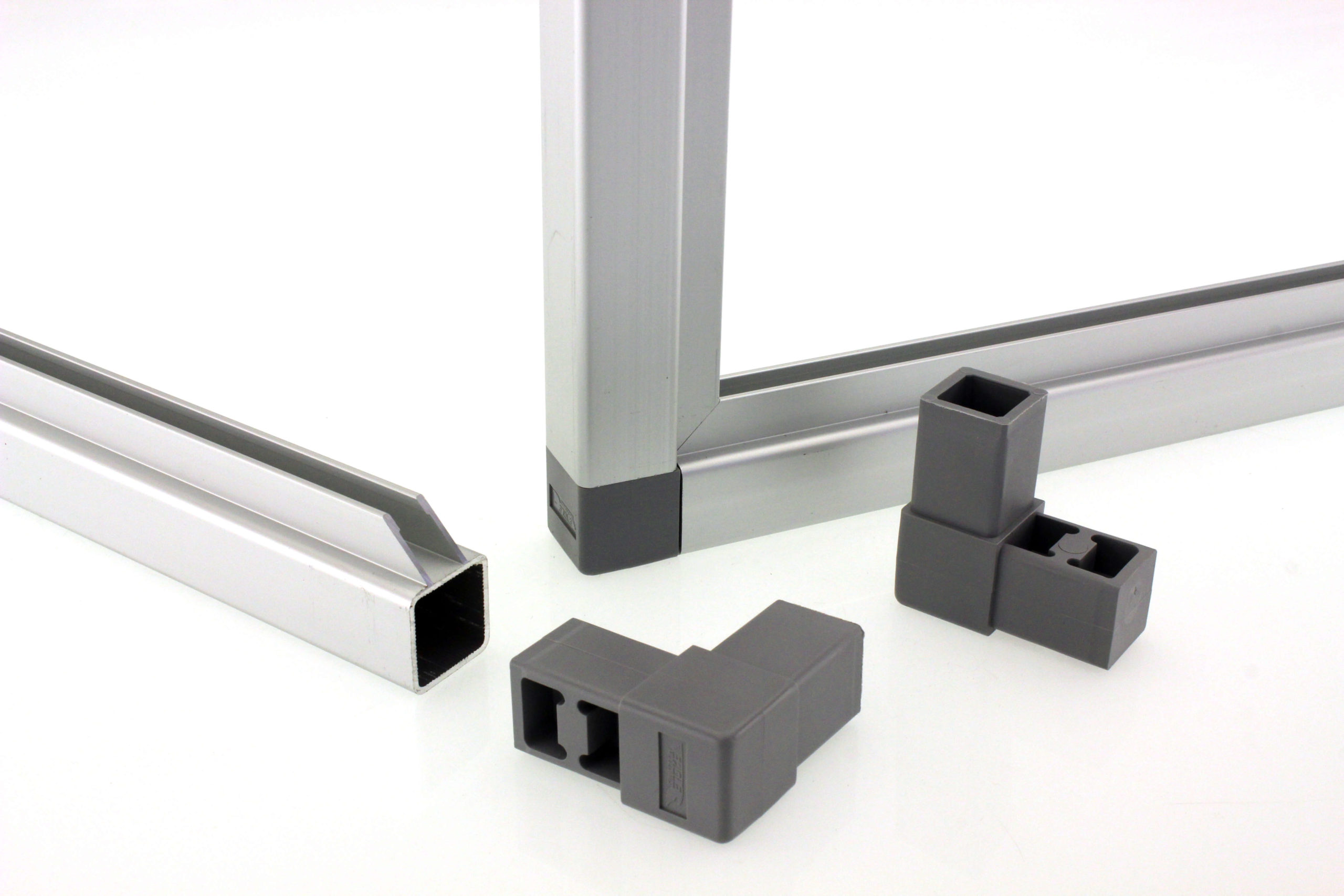Aluminum, Custom / Specialty
Ways To Join Metal Parts
There are a number of applications, from large architectural projects to home renovations, where joining and metal assembly services are necessary. When most people consider ways of joining metal parts, they most likely think of welding. Welding is a special art, requiring a great deal of skill and expertise to perform a high-quality job. Additionally, welding requires special equipment and supplies to perform the job. Because of this, many individuals without these resources are curious to learn of joining methods for metal that don’t include welding. Fortunately, there are a number of options and ways of joining metal parts that are less expensive and require less time than welding. Below we’ll take a look at different metal joining methods including riveting, soldering, brazing, adhesives, and spot welding.
Different Metal Joining Methods
Riveting
One of the most popular metal joining methods for assembling metal parts is riveting. Typically, riveting is a good choice for construction projects that use lightweight materials that need a strong join. The process of riveting involves the use of mechanical fasteners to create a permanent bond between two metal surfaces. The rivet, a metal fastener featuring a cylindrical post with a head, is inserted into a punched or drilled hole. Then, the tail of the rivet is fastened until it is flattened to the point that it is wider than the shaft. The two metal parts are held in place by this thicker end.
Some of the benefits of riveting include that it is a better option compared to welding for joints that might experience impact forces and vibration, there is no heat required in riveting, and it is useful for supporting shear loads. On the other hand, one challenge with metal joining techniques like riveting is that the joints are not leakproof.
Soldering
In soldering, a filler metal is used to join metal parts. The average solder is comprised of about 99% tin, however other metals that can be used include zinc, copper, silver, and bismuth. The solder, which is a soft metal alloy, melts at a low temperature- usually below 800 degrees Fahrenheit. Once the filler metal is melted, it creates a bond in the middle of the two metal parts that need to be joined. The most common use of soldering is for assembling the metal parts in electronics and in electrical circuit boards.
The benefits of soldering to join metal parts are that it is a generally safer process than welding, it can make an electrical connection which is useful for electronics and circuit-based devices, and the bond between the metal parts can be created at a lower temperature. The primary challenge with soldering is that the weaker bond makes it unsuitable for some applications.
Brazing
Similar to soldering, brazing is one of the widely used types of metal joining that involves using a filler metal to assemble metal parts. However, brazing differs from soldering in that the temperature used to melt the filler metal is above 800 degrees Fahrenheit. With brazing, the filler metal acts more like an adhesive between the metal parts, and the required application will determine what the filler metal is made of. Some of the most commonly used filler metals include cobalt, silver, magnesium, precious metals, nickel, and more. All of these metals mentioned have a higher melting point than tin, which also means that the metals you are joining will be affected by the heat creating an even stronger and more secure bond.
Adhesive
Another option for how to join and assemble metal parts is to use adhesives. This category of methods to join and assemble metal parts is always growing, with new options constantly in development. Some of the most popular adhesive options include silicone, epoxy, polyurethane, and tapes. It may come as no surprise that adhesives do not create as strong of a bond as some of the other methods mentioned above, however, they offer an affordable solution that is effective for a variety of applications.
Eagle Aluminum is Here to Help
Eagle Aluminum is proud to offer one of the largest selections of stocked aluminum extrusions found anywhere to help you complete both large and small-scale projects for your home, business, or construction work. Our knowledgeable representatives are standing by to help you find just what you need to get the job done, so contact us today to discuss your specific needs.


